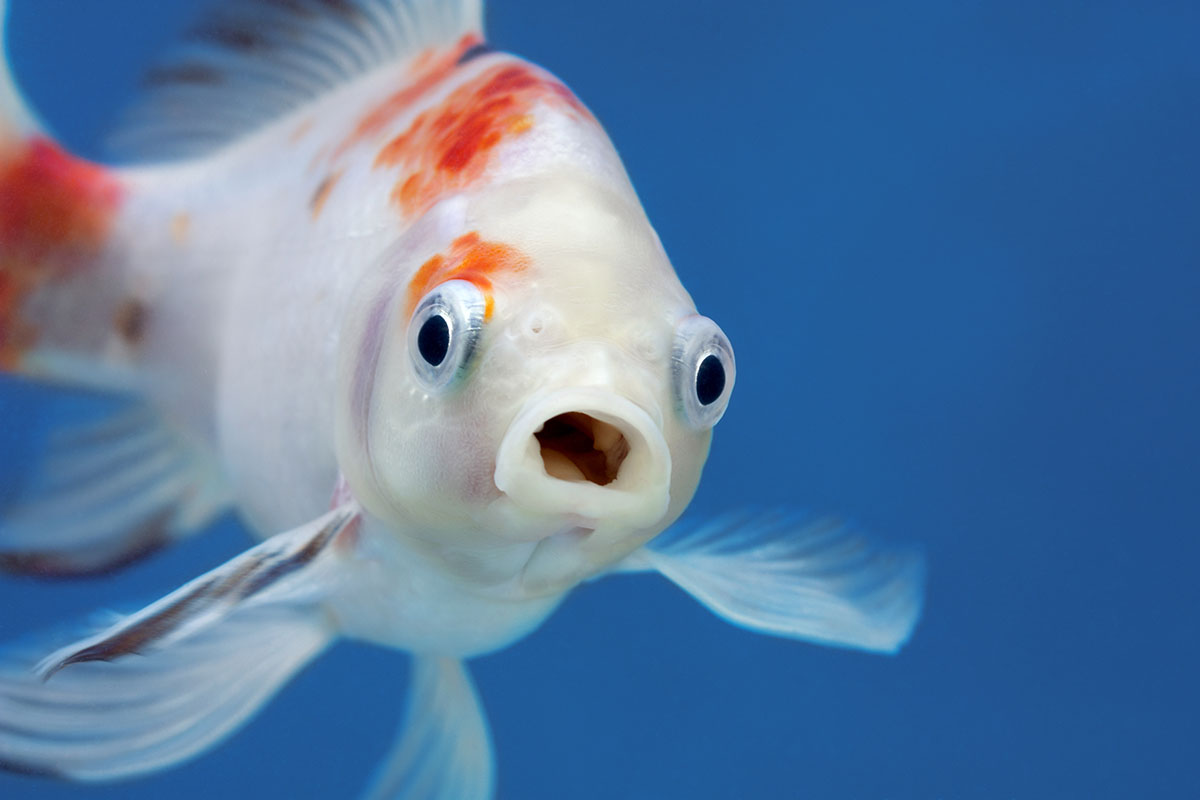How to Detect and Fix Aquarium Ammonia Issues
Before you purchased your first fish tank, you probably didn't think much about the connection between fish and ammonia. While ammonia is a natural part of the fish metabolism process, it's a waste byproduct that needs to be addressed.
Ammonia is expelled through the fish's gills, as well as eliminated through urine and feces. It can also build up in your aquarium when uneaten food and other organic materials decompose. When ammonia levels are high in the water they're swimming in, it makes it challenging for fish to get rid of the ammonia in their bodies. This can make them sick and eventually cause some fish to die.
So how can you tell if there's an ammonia issue in your aquarium that needs to be dealt with? First, read this guide. Then, test the aquarium water. You'll learn how to spot ammonia problems in your tank (anything higher than zero is a problem!) and get tips to restore balance to the aquarium.
Understanding Ammonia Toxicity
Ammonia toxicity in fish causes them to be more susceptible to damaged gills and tissues, an increased likelihood of developing bacterial infections, stunted growth, and even death.
The nitrogen cycle in fish is as follows: Ammonia-oxidizing bacteria convert from total ammonia to nitrite, and then nitrite-oxidizing bacteria convert nitrite to nitrate. Nitrite is toxic to fish at low levels. Nitrate is considered to be a less toxic byproduct of nitrification.
It can be challenging to know if your fish are experiencing toxic levels of ammonia as it's colorless and odorless. That's why monitoring your fish for changes in how they look and act can be an indicator that something is off, and you need to test water levels more often than once a week.
One way you maintain proper ammonia levels in your aquarium is to test with ammonia aquarium test strips. Within two minutes, you'll know if ammonia concentration levels in your freshwater or saltwater tank are stable or higher than normal.
Common Causes of High Ammonia Levels
Reasons for higher levels of ammonia in your fish tank include:
-
Too much "bad bacteria" and not enough "good bacteria."
-
A biofilter that's too dirty or too clean. Either can impact ammonia levels.
-
The water is too warm. High water temps combined with a high pH are more likely associated with higher ammonia levels.
-
The water isn't clean.
-
Too many fish in the aquarium. You might need a larger fish tank as this excess waste and uneaten fish food can cause problems in the tank's ecosystem.
Preventing Ammonia Issues in an Aquarium
Manage ammonia in your tank through the following methods:
Natural Ways to Reduce Ammonia
-
Add live plants. Even though ammonia levels increase as aquarium plants break down, live plants help maintain the aquarium environment by absorbing ammonia and nitrates. Aquatic plants are also good for promoting oxygen and consuming carbon dioxide, which creates a healthier tank ecosystem.
-
Avoid overfeeding since it causes fish to release more ammonia.
-
Don't add too many fish at once, as this can cause ammonia levels to rise.
-
Maintain lower water temperatures.
Check Chemical Parameters
Regularly check your tank's water temperature. (A water heater can help you keep temps consistent.) Ammonia is even more toxic to fish at higher temperatures and when pH levels are above 7.0. The only safe ammonia level in your tank? Zero.
When the nitrifying bacteria (that removes ammonia from the tank) isn't high enough, it can also lead to high ammonia levels.
Consider adding ammonia neutralizers to get these numbers under control.
Use current water testing kits (they can expire!) to see what your water might need and proceed with the best solution based on those test results.
How to Fix Ammonia Issues in Your Aquarium
Did the test results indicate your ammonia levels are high? Take action quickly, then stay on top of the tank's ecosystem to keep fish healthy.
Immediate Actions to Reduce Ammonia
If your test strips show any levels of ammonia, stop feeding your fish because they'll produce more waste. Then, do a partial water change. Change between 25 to 50% of the tank's water to remove some of the ammonia from the water quickly.
Add an Aqueon AquaPacs Ammonia Reducer to the tank after you've added new water to reduce ammonia, debris, and other water issues. It's also worth checking that you have a good biofilter to help remove harmful nitrite.
Long-Term Solutions for Ammonia Control
To ensure you're doing everything you can to avoid future issues in your aquarium...
-
Avoid overfeeding the fish.
-
Check that your biofilter is large enough for your tank.
-
Make sure the filter is working optimally.
-
Ensure the tank isn't too dirty and you've fixed cloudy water.
How to Handle Persistent Ammonia Problems
After you've done everything you can, it's time to call a professional if you still struggle to keep ammonia levels down.
You could be missing another issue, and someone from your local pet fish store or aquarium club or society may be able to help. Don't wait until your fish get too sick and die before seeking professional aquarium help.
How to Keep Ammonia Issues Under Control
Staying on top of aquarium maintenance and keeping a close watch on your fish will go a long way to help you nip any ammonia problems in your fish tank in the bud before they become serious.
Test ammonia levels once a week and right away if you notice any fish are sick. Avoid overfeeding.
Following the steps mentioned above will help prevent ammonia issues in the first place and address any problems as soon as possible. After you've got your water managed, it's time to consider more fun things, like what kind of fish do I put in an aquarium?





